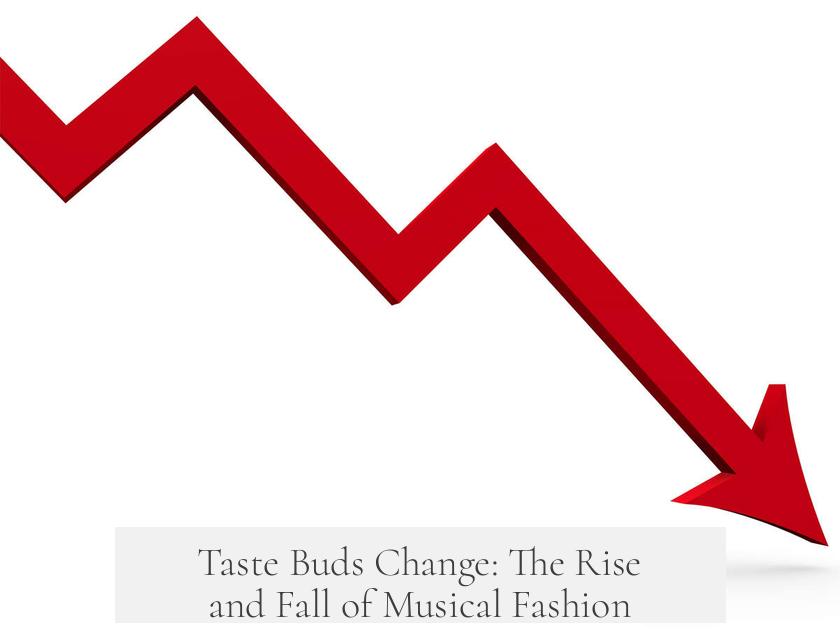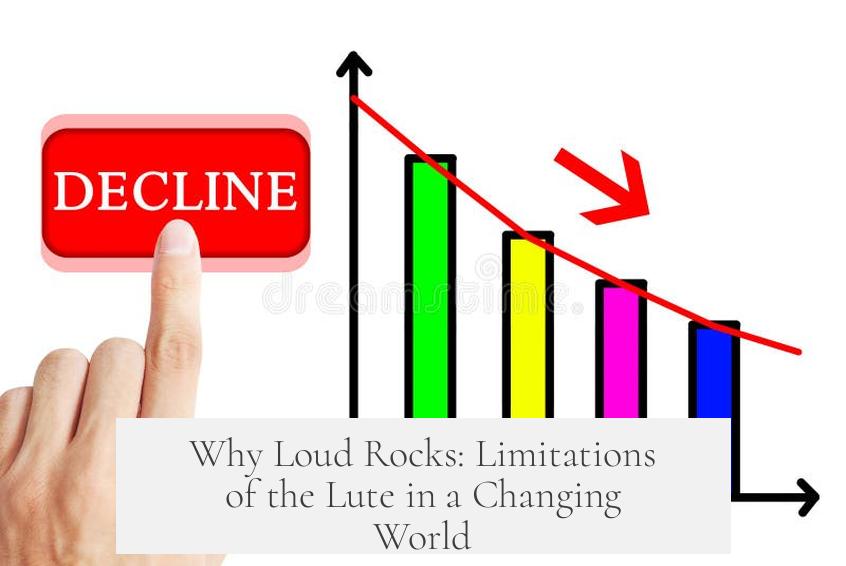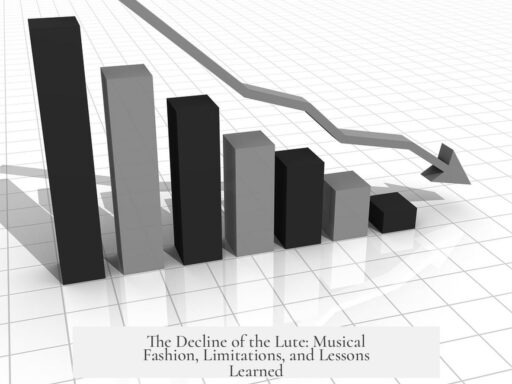The lute fell out of favor due to changing musical tastes, limitations in volume and range, economic considerations, and shifts in musical aesthetics during the 18th century. As musical ensembles grew larger and concert halls expanded, the lute’s quiet sound and limited range could not compete with louder instruments. This shift forced many musicians to adopt instruments that suited bigger venues and orchestras better.
In the late 18th century, orchestras became bigger, demanding instruments with greater projection. The lute’s soft tone made it ideal only for small, intimate settings, unlike louder instruments that served both large and small performances. For example, instruments such as the violin were modified to increase volume to meet new performance demands. Meanwhile, the lute was largely left behind because its sound could not be easily amplified.
Economic factors also played a key role. Learning the lute became less practical when newer instruments like the piano rose in popularity and offered more versatility. Musicians and students preferred instruments that aligned with contemporary trends and promised broader employment opportunities.
Musical aesthetics evolved as well. Baroque music emphasized architectural structure, well suited to the lute and harpsichord. Later music leaned towards sensuality, emotion, and dynamics favored by the Romantic movement. This style required instruments capable of producing lush tones and a wide dynamic range, which the lute could not provide. As a result, guitars, with their brighter and more flexible sound, gained preference over the lute for similar musical roles.
The lute did not vanish entirely. It adapted by growing larger, evolving into the theorbo, which continued to provide basso continuo accompaniment in Italy well into the 18th century. The lute’s unique, rich bass sound remains difficult to replicate with other instruments, preserving its niche appeal among early music specialists.
- The lute lost favor mainly because of its low volume and limited range.
- Larger orchestras and venues required louder instruments.
- Economic practicality favored piano and guitar over lute.
- Musical style shifted towards sensuality and dynamics demanding new instruments.
- The lute survived partly as the theorbo and maintains a unique bass sound.
How and Why Did the Lute Fall Out of Favor?

The lute fell out of favor because changing tastes, evolving musical demands, and practical considerations rendered it less suitable than emerging instruments. Its limited volume, range, and intimate sound made it struggle on bigger stages, pushing musicians toward louder, more versatile instruments.
Let’s unpack this fascinating journey of the lute—once a darling of courts and salons, now often overshadowed by its flashier descendants.
Taste Buds Change: The Rise and Fall of Musical Fashion

Musical instruments, like hairstyles and fashion trends, slip in and out of popularity. The lute had its heyday in Renaissance and Baroque Europe. But, well, times change. The lute’s soft, sweet sounds suited intimate gatherings.
As audiences grew larger and venues bigger, the lute’s quiet voice didn’t quite cut it. Musicians and listeners started craving new sounds and styles. The lute, charming as it was, wasn’t what the crowd wanted anymore.
Why Loud Rocks: Limitations of the Lute in a Changing World

The lute faces a big problem—it’s quiet. Imagine trying to whisper in a packed concert hall while a full orchestra blasts out symphonies. The lute can’t compete. Its volume just doesn’t carry over bigger spaces.
Also, its range is limited compared to instruments like the violin or piano. When orchestras expanded in the 18th century, lute musicians found themselves sidelined.
Violin makers even modified their instruments to be louder and more resonant. The lute, bound by its construction, couldn’t reinvent itself that way.
Economic Sense: Why Spend Time Learning a Quiet Instrument?

Here’s a practical angle: learning an instrument takes tons of time. If you’re an aspiring musician in the 18th century, why learn the lute when the piano is “in” and comes with better job prospects? The gusto for piano lessons killed many lute ambitions.
Why invest hours practicing an instrument mostly suited for private salons when pianos can fill grand halls and theaters? Musicians had to eat, after all.
Shifting Musical Aesthetics: From Architectural to Sensual Sounds

Baroque music—with its structured, architectural style—matched the lute’s personality. Harpsichords and lutes were perfect backdrops for intricate, formal compositions.
But as the 18th century waned, music grew sensual and emotional. The rise of Romanticism brought lush tones and dynamic range to the forefront. Harpsichords couldn’t deliver the soft swells and deep bows the new era demanded, but pianos could.
Similarly, musicians who wanted something “lute-like” turned more to guitars, which offer warmth and versatility for both intimate and larger venues.
The Lute’s Partial Survival and Adaptation

The lute didn’t vanish overnight. It evolved. Instruments like the theorbo—a lute cousin with extended bass strings—remained popular in Italy for continuo parts well into the 18th century.
The lute grew bigger, took on new musical roles, and clung to its unique qualities. Its bass sound remains lovely and distinct, defying easy replacement by other instruments. Some musicians still cherish its gentle, resonant voice today.
What Lessons Can We Draw From the Lute’s Fall?
- Adapt or fade: The lute’s story shows how technology and taste push instruments to evolve or retreat. Loud, dynamic instruments thrived in growing concert halls.
- Match the moment: Music styles shape instrument popularity. The quiet lute fit intimate Renaissance courts but not booming Romantic concerts.
- Practicality wins: Musicians follow opportunities. Learning piano could open jobs; the lute, less so.
Imagine if the lute tried to rock a stadium full of people today. It’d be adorable but pretty much unheard! The lute’s charm lies in close company, not grand arenas. So its retreat from the spotlight was less a failure and more natural evolution.
Final Thought
The lute is a symbol of musical heritage—an instrument that shaped centuries of sound. It teaches us about changing tastes, technical limits, and how music evolves with human needs. Although it fell out of favor in the grand concert halls, its graceful exit and quiet persistence keep it alive in early music and modern niche performances.
So next time you hear a lute pluck its strings, remember: it’s not just an old instrument. It’s a storyteller, whispering the history of music’s endless dance between tradition and change.




